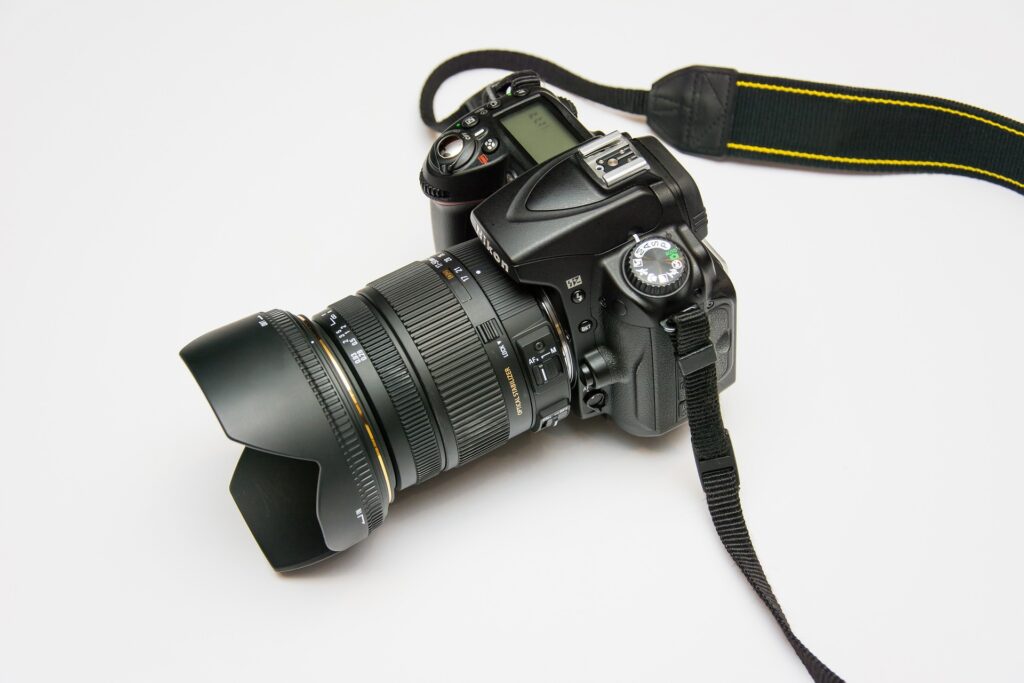On a crisp autumn afternoon, Sarah found herself at the edge of a serene lake, the setting sun casting a golden glow over the water. As an amateur photographer eager to capture the beauty of nature, she had recently acquired a bridge camera. With its sleek design and versatile features, the bridge camera seemed like the perfect tool for her growing passion.
Sarah was excited yet a bit apprehensive. She had heard that bridge cameras offered a range of functionalities that could rival professional DSLRs, but the learning curve seemed a little daunting. Determined to make the most of her new camera, she decided to embark on a journey of discovery, using this peaceful lakeside setting as her backdrop.

Understanding the Basics
Sarah started by familiarizing herself with the bridge camera’s basic features. She knew that understanding her equipment was the first step toward taking great photos. The bridge camera, she learned, was equipped with a built-in zoom lens, allowing for a wide range of focal lengths. This made it perfect for capturing everything from expansive landscapes to close-up details.
She took a moment to explore the camera’s user manual and discovered that the bridge camera offered both automatic and manual shooting modes. The automatic mode was great for quick snapshots, but Sarah was eager to delve into the manual settings to gain more creative control.

Adjusting the Settings
With her newfound knowledge, Sarah began experimenting with the camera’s settings. She started by adjusting the aperture, which controlled the depth of field. By narrowing the aperture, she could achieve a sharp focus across the entire scene, perfect for capturing the vast expanse of the lake. Conversely, opening the aperture allowed her to blur the background and highlight specific details, such as the delicate wings of a passing dragonfly.
Next, she explored the shutter speed settings. Sarah realized that a slower shutter speed was ideal for capturing the gentle flow of the lake’s surface, creating a smooth, almost glass-like effect. Conversely, a faster shutter speed was perfect for freezing the action of a bird in flight, allowing her to capture crisp, clear images.

Mastering the Zoom
One of the standout features of Sarah’s bridge camera was its impressive zoom lens. The ability to zoom in and out provided flexibility in framing her shots without needing to physically move closer or further away. Sarah practiced using the zoom to frame her subject precisely, experimenting with both wide-angle shots and close-up details.
She discovered that using the zoom effectively required steady hands or a tripod to avoid camera shake. The camera’s optical image stabilization feature proved invaluable, helping to minimize blurriness even at full zoom.

Exploring Creative Modes
Sarah’s bridge camera also featured several creative shooting modes. Eager to experiment, she tried out the HDR mode, which combined multiple exposures to capture a broader range of tones and details. The result was a breathtaking image of the sunset with rich colors and striking contrasts.
She also played with the panoramic mode, sweeping the camera across the lake to capture a wide, sweeping view. The camera seamlessly stitched together the images, creating a stunning panoramic shot that showcased the entire lake and its surrounding landscape.

Reviewing and Adjusting
As the sun began to set, Sarah reviewed her photos on the camera’s LCD screen. She marveled at how her efforts had paid off, with each shot capturing the beauty of the lake in its own unique way. She made a few final adjustments to the settings, tweaking the exposure and white balance to ensure that the colors were vibrant and true to life.
Sarah also took advantage of the camera’s built-in editing tools to make minor adjustments, such as cropping and adjusting contrast. This allowed her to fine-tune her images and bring out the best in each shot.
As she packed up her camera and prepared to head home, Sarah reflected on her experience. The bridge camera had proven to be a versatile and user-friendly tool, offering a range of features that allowed her to capture stunning images with ease. From understanding the basics to mastering advanced settings, Sarah had gained valuable insights into the art of photography.

In conclusion, using a bridge camera can be a rewarding experience for both beginners and enthusiasts. By taking the time to explore its features, experiment with different settings, and embrace creative modes, photographers can unlock the full potential of their bridge camera and capture breathtaking images. Sarah’s journey through the autumn landscape had not only enhanced her skills but also deepened her appreciation for the art of photography, proving that with the right equipment and a bit of practice, anyone can create beautiful, memorable photos.